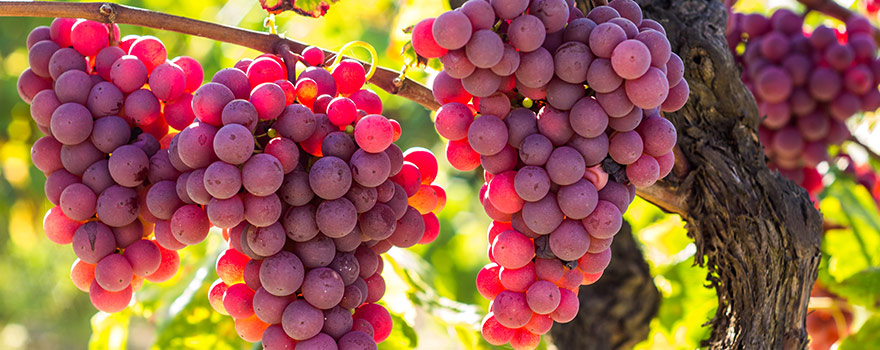
Rosé is an extremely popular wine style in Europe, particularly southern France and Spain. In some regions, like Provence, Rosé is a far more popular summer wine style than white wine. A large part of Rosé’s charm is its simplicity. It’s a wine to drink rather than savour, and a chilled glass of Rosé makes an ideal drink over the warm summer months. Another good trait of Rosés is that they make great partners to a wide range of foods. They’re also good without food. Generally speaking, with the exception of the mass-produced Portuguese examples, most notably Mateus, the European Rosé style is typically drier and less fruity than Australian Rosés.
Sparkling Rosé generally mirrors traditional Champagne and are often made with the classic Champagne varieties - Chardonnay, Pinot Noir and Pinot Meunier. These wines are dry, elegant and designed for celebration. Champagne differs from most Rosés in that it may be coloured by the addition of red wine. Regardless of the style, variety or provenance, all Rosé is best served chilled.
Neither red nor white, Rosé is essentially a pink wine made from red grapes, with minimal skin contact, in the style of a white wine. Like most white wines, Rosés are best served chilled and enjoyed soon after release. The popularity of Australian Rosé has been growing over recent years. It’s not surprising, as this pink wine suits our warm climate and laid back lifestyle and it goes with a wide range of foods.
The high number of Rosé variations makes generalisations difficult. While styles vary, most Australian Rosés are made in a similar way, with the main differences being in the grape varieties used, the region of origin and residual sugar and alcohol levels.
There are drier styles produced here and of them Pinot Noir-based Rosé can be depended on to deliver good quality with soft, easy characteristics of plums, spice and an array of savoury fruits. Sangiovese typically produces drier styles of Rosé, with savoury cherry flavours. Cabernet Rosés offer bright berry flavours, often with a leafy, herby edge. Grenache-based Rosé has emerged; these wines tend to be sweeter, fuller and offer a vast array of berry based fruit flavours.
Barossa Valley & McLaren Vale Rosé
With plenty of sunshine and large plantings of Grenache, this variety has made a home for itself in both the Barossa Valley and McLaren Vale regions. Both regions now boast a strong culture of Rosé production, the style is typically vibrant and light pink/red in colour, it’s slightly sweet, with boiled lolly and summer berry fruit flavours.
Western Australian Rosé
Good quality Rosé is produced in Western Australia consistently. Most Western Australia Rosé is made from Cabernet Sauvignon and is often lighter and slightly sweeter.
Yarra Valley Rosé
The Yarra Valley is one of the few regions in Australia that excels in both still and Sparkling Rosé styles. Pinot Noir dominates and the still wines are mostly savoury, well textured and old world.
Adelaide Hills Rosé
Due to its cooler climate, Adelaide Hills Rosés tend to be brisker and drier in style. Most Adelaide Hills Rosé is made from Cabernet Sauvignon or Pinot Noir, and displays delicate rounded fruit characters.
Mudgee Rosé
Mudgee’s growing conditions are well suited to traditional Rosé varieties as well as alternate Italian varieties. Expect Mudgee Rosés to be distinct, ripe and savoury.